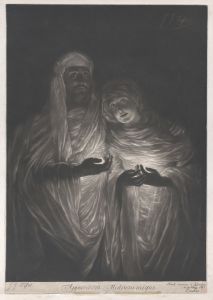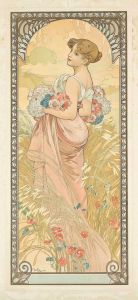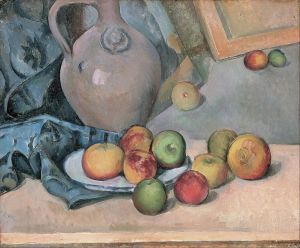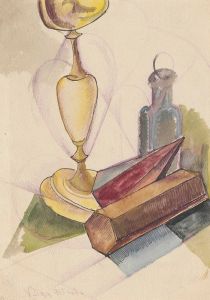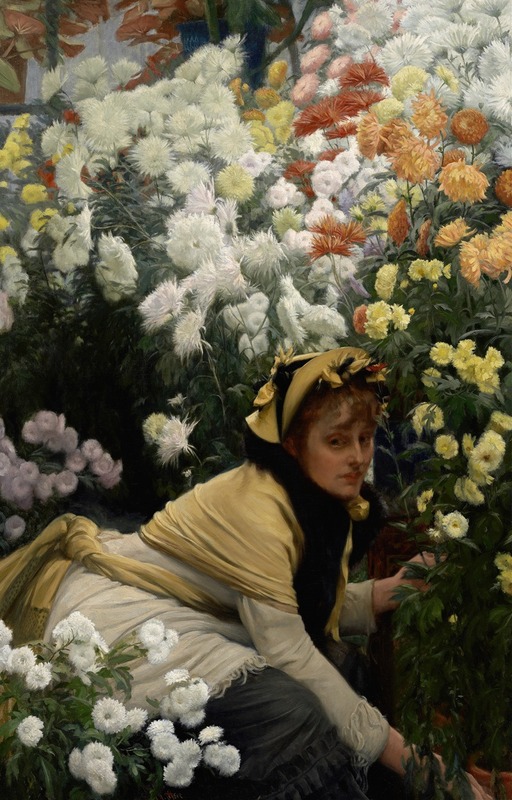
Chrysanthemums
A hand-painted replica of James Tissot’s masterpiece Chrysanthemums, meticulously crafted by professional artists to capture the true essence of the original. Each piece is created with museum-quality canvas and rare mineral pigments, carefully painted by experienced artists with delicate brushstrokes and rich, layered colors to perfectly recreate the texture of the original artwork. Unlike machine-printed reproductions, this hand-painted version brings the painting to life, infused with the artist’s emotions and skill in every stroke. Whether for personal collection or home decoration, it instantly elevates the artistic atmosphere of any space.
James Tissot's Chrysanthemums is a painting created by the French artist Jacques Joseph Tissot (1836–1902), who is widely known for his detailed and elegant depictions of fashionable society in the late 19th century. The painting is believed to have been completed during Tissot's time in England, where he lived from 1871 to 1882 after fleeing France during the Franco-Prussian War.
Chrysanthemums showcases Tissot's mastery of capturing intricate details, textures, and the interplay of light and color. The painting features a woman dressed in a richly detailed gown, seated in a domestic interior adorned with chrysanthemums, a flower that was highly popular in Victorian England. The composition reflects Tissot's interest in Japanese aesthetics, which had a significant influence on European art during this period, particularly through the Japonisme movement. The inclusion of chrysanthemums, a flower deeply associated with Japanese culture, further emphasizes this connection.
Tissot's works often focused on themes of leisure, fashion, and the social lives of the upper-middle class, and Chrysanthemums is no exception. The painting captures a moment of quiet elegance, with the subject immersed in her surroundings. The meticulous attention to detail in the woman's attire and the floral arrangement demonstrates Tissot's skill in rendering textures and patterns, as well as his ability to create a sense of intimacy and refinement.
During his time in England, Tissot became known for his portraits of women, often portraying them in opulent settings that reflected the tastes and lifestyles of the era. His work was well-received by the British public, and he enjoyed considerable success as a painter of fashionable society. Chrysanthemums is representative of this phase in his career, highlighting his ability to blend realism with a sense of romanticism and sophistication.
Today, Chrysanthemums is recognized as an example of Tissot's contribution to 19th-century art, particularly his role in documenting the cultural and aesthetic trends of his time. The painting is part of a broader body of work that continues to be studied and appreciated for its technical excellence and historical significance.









